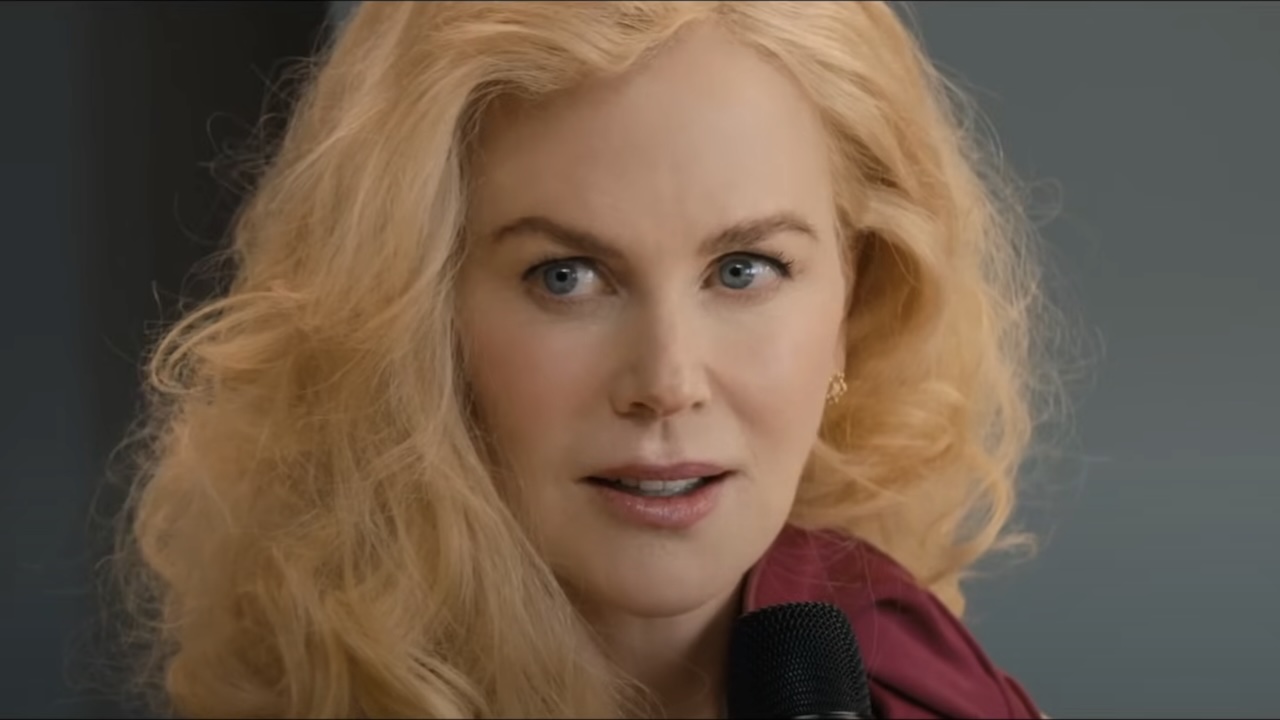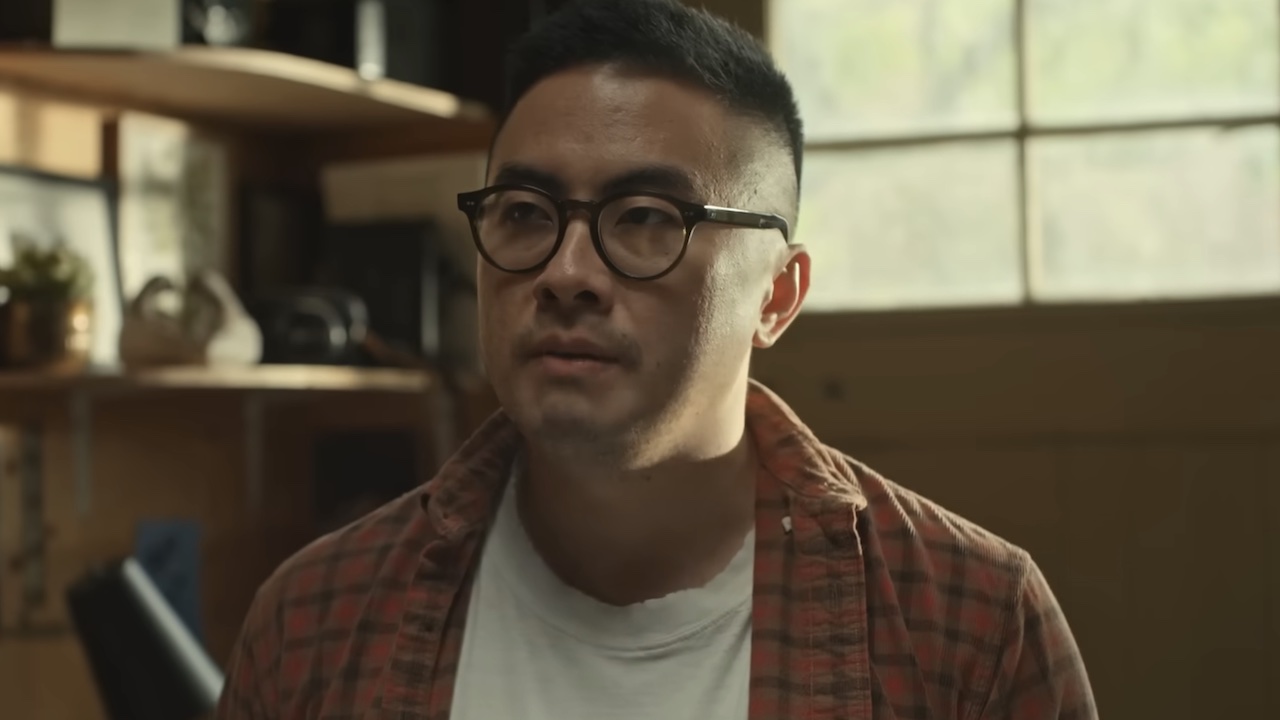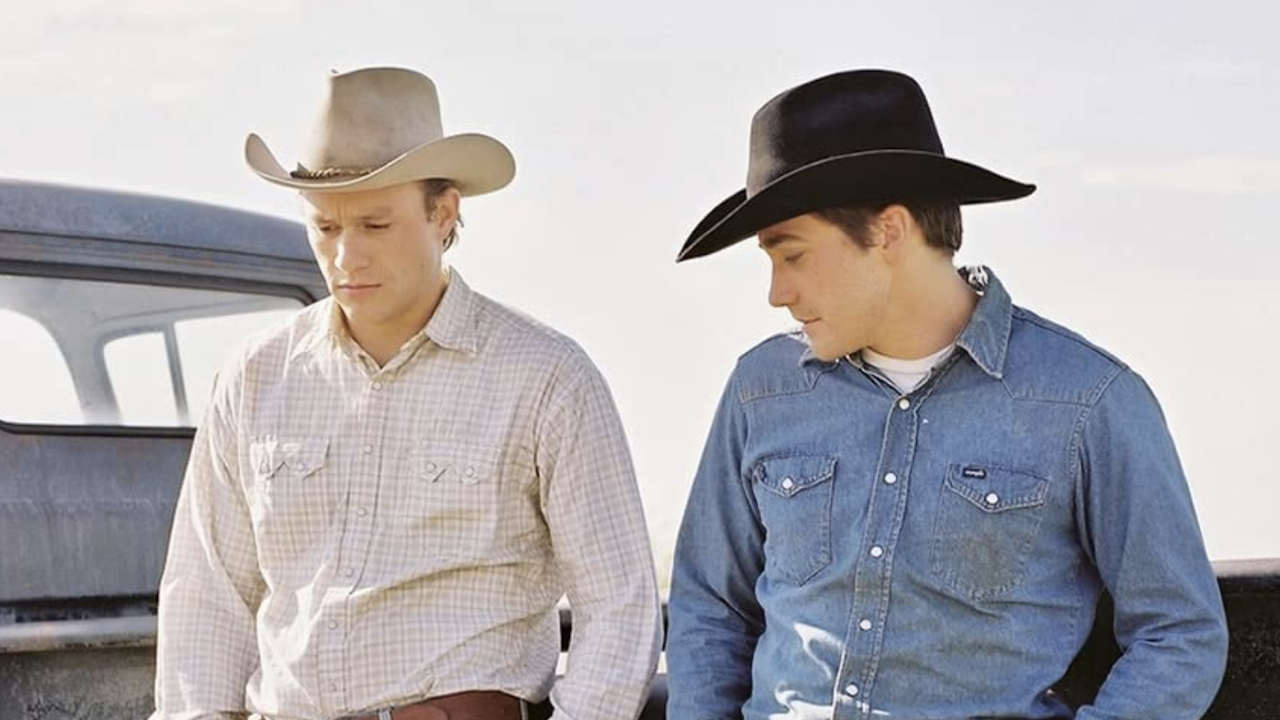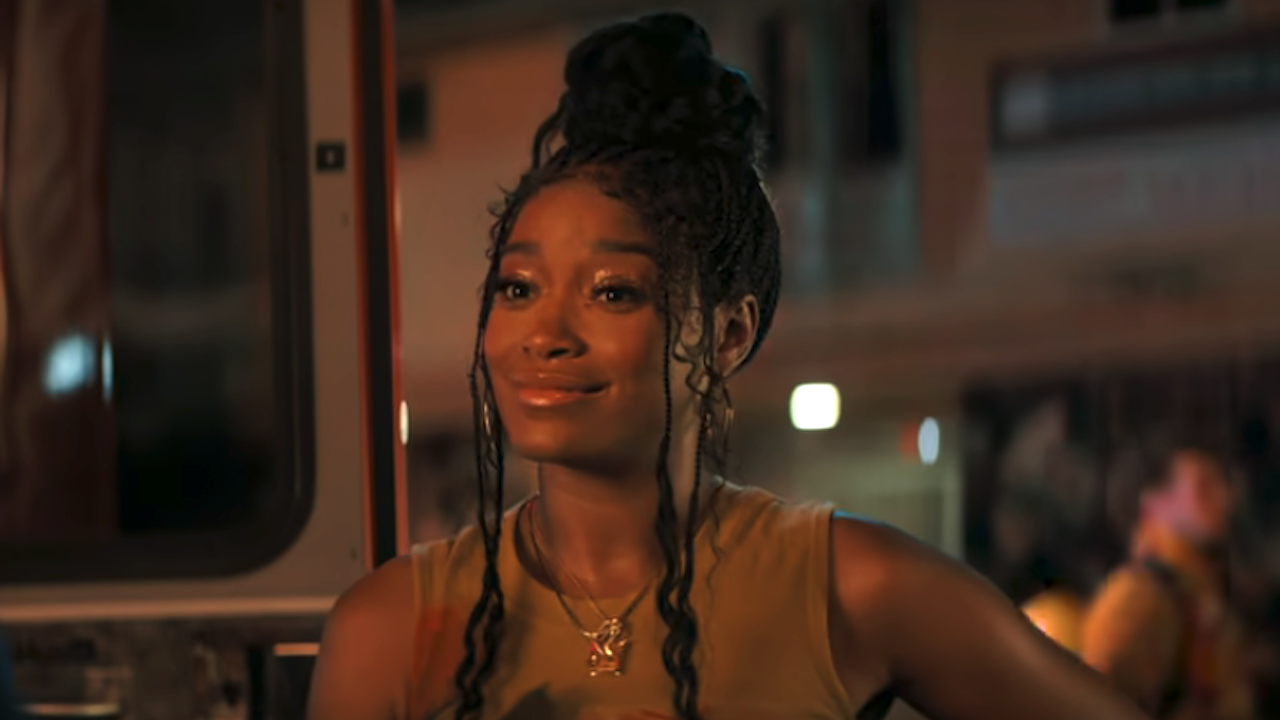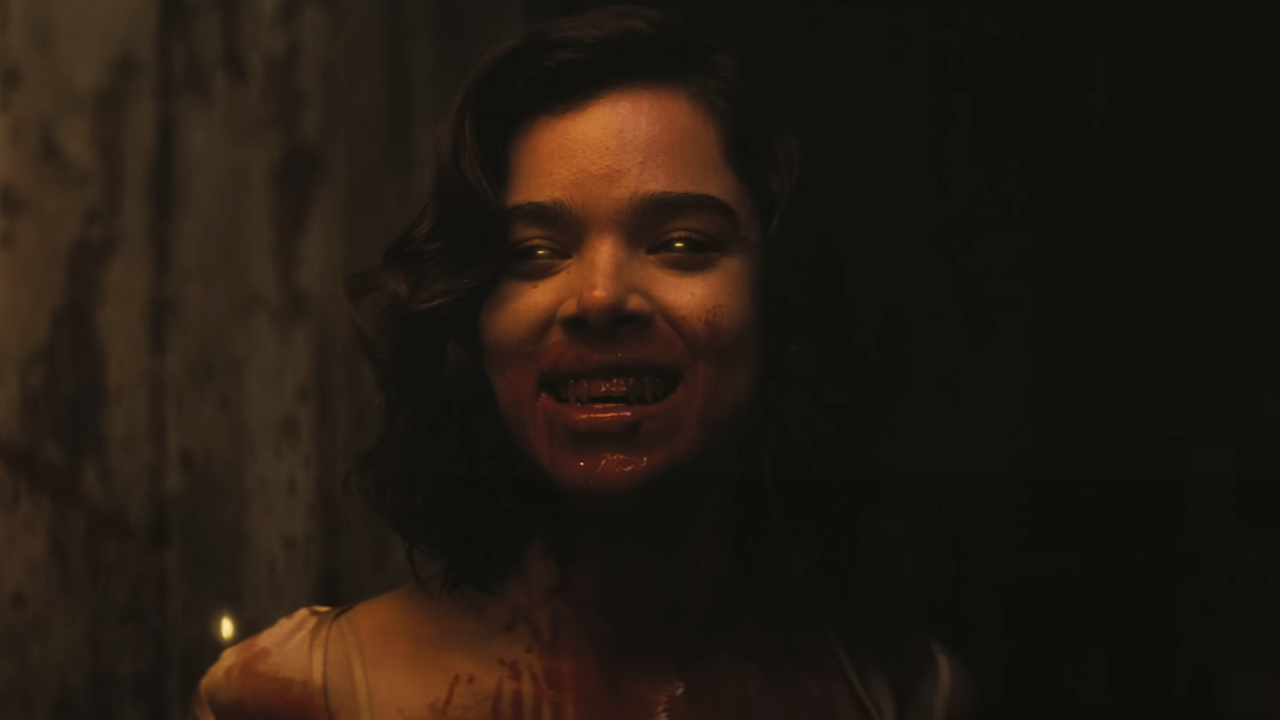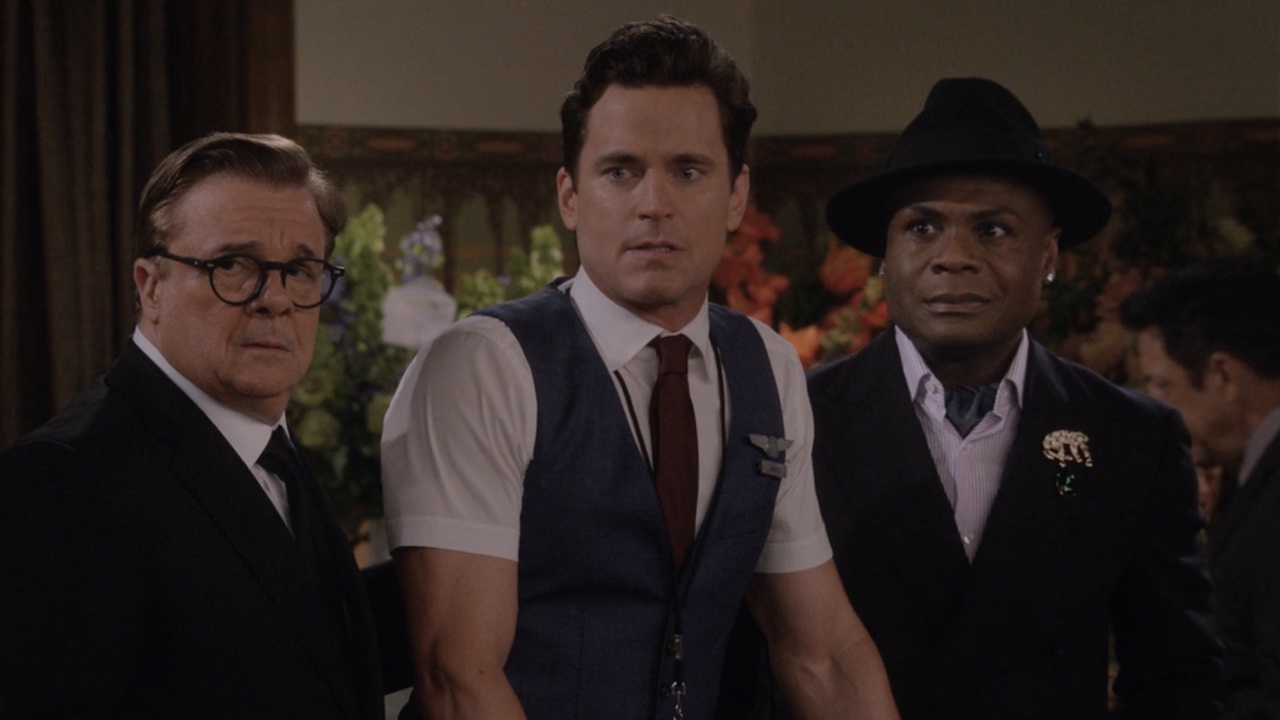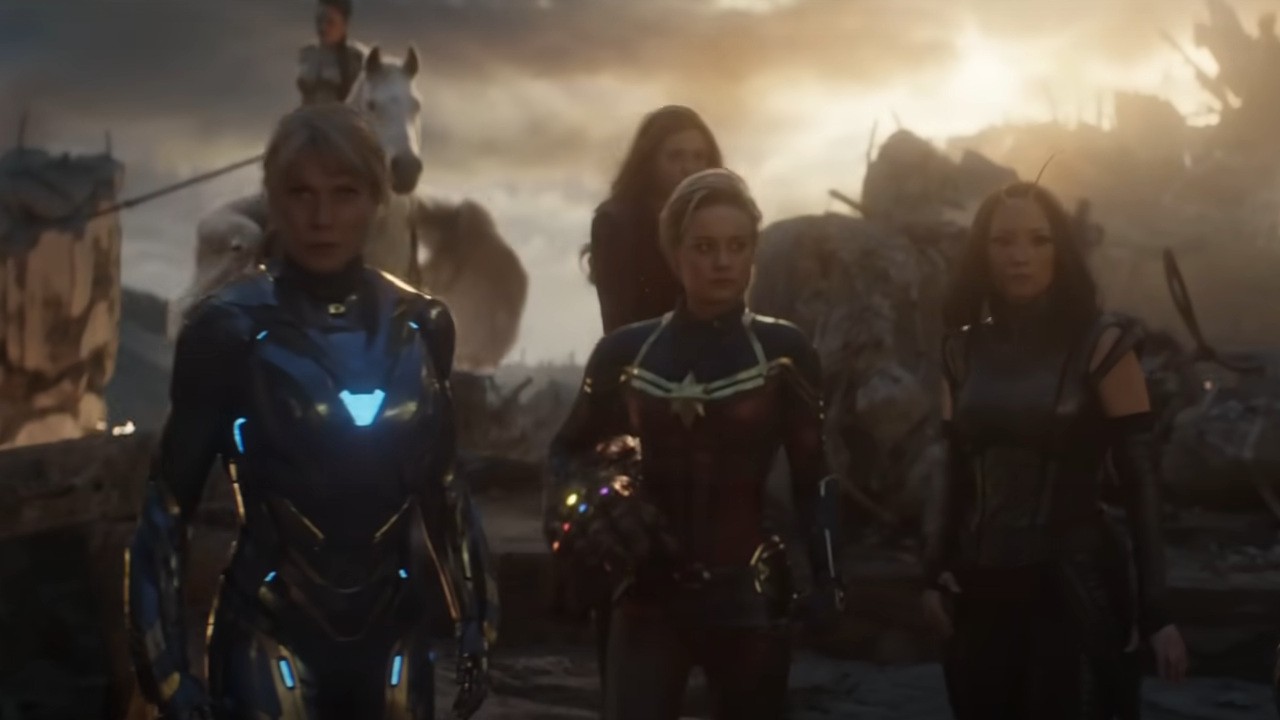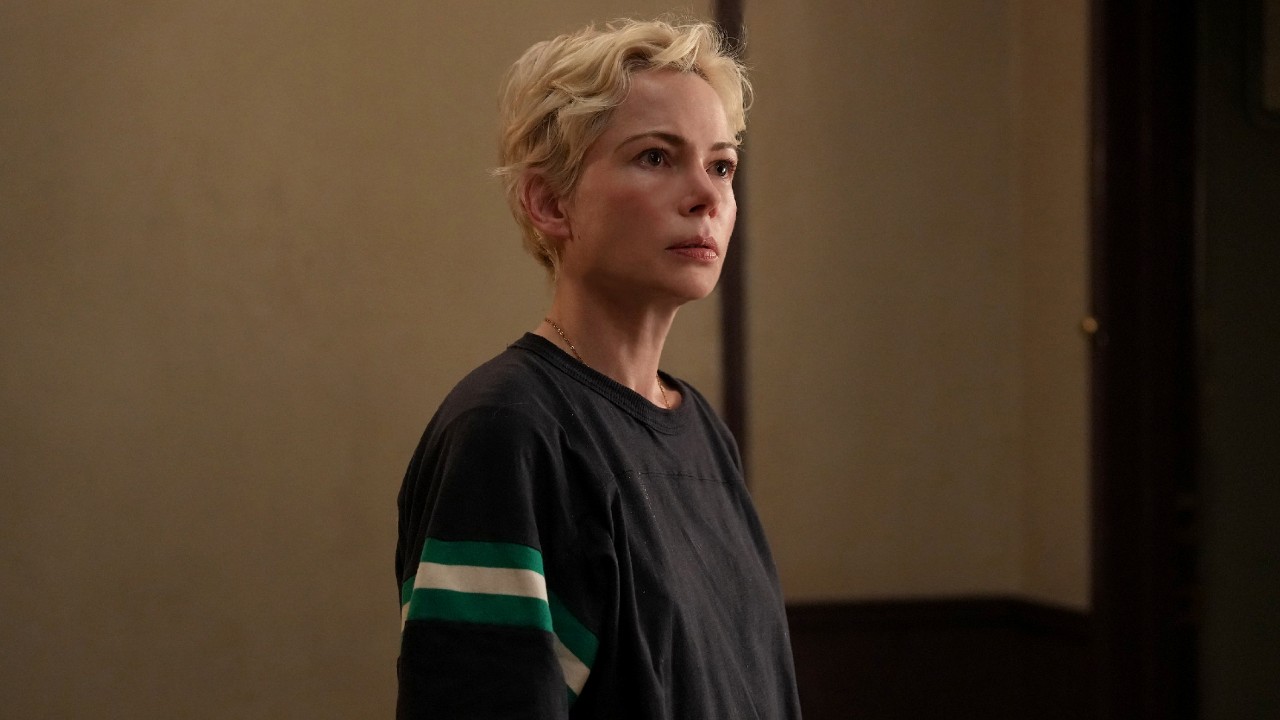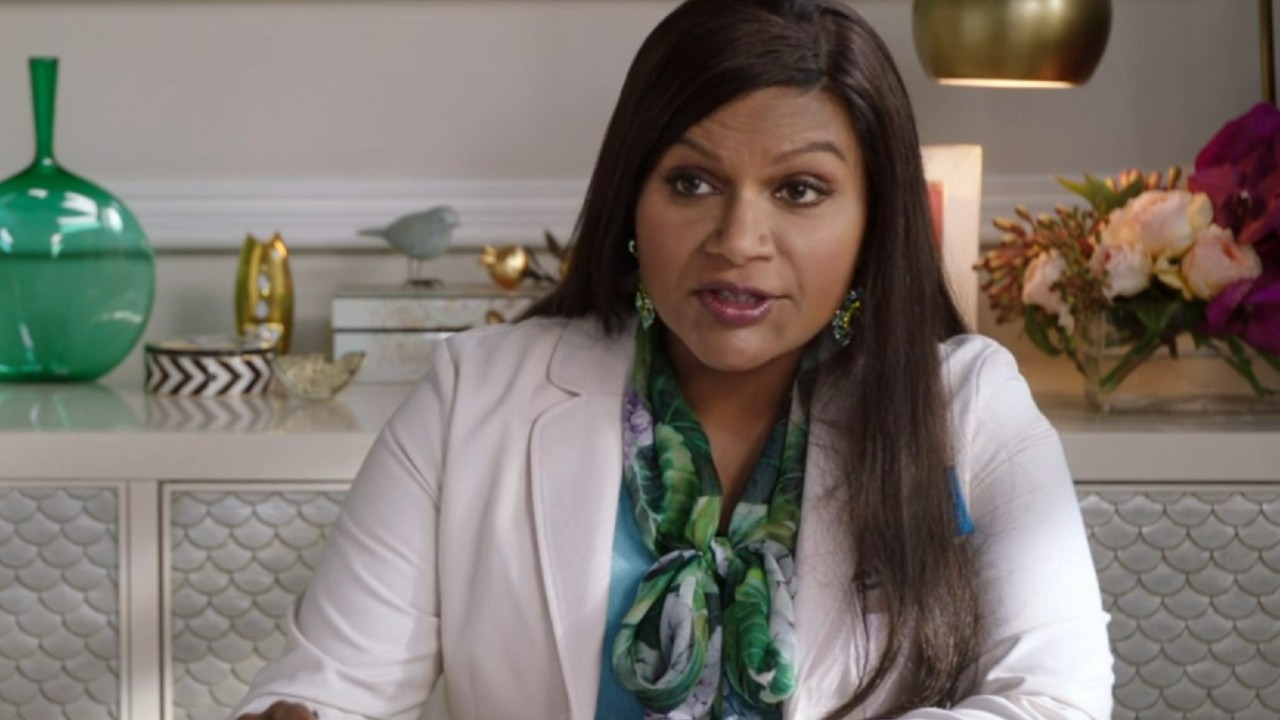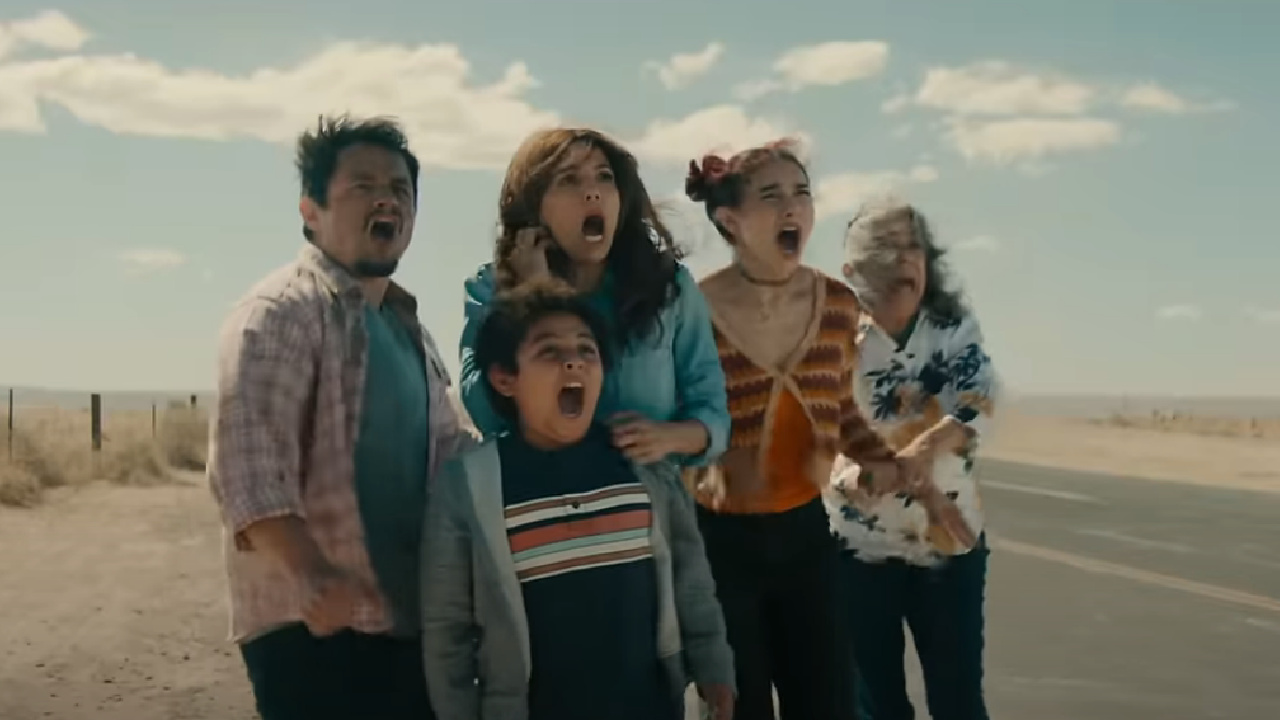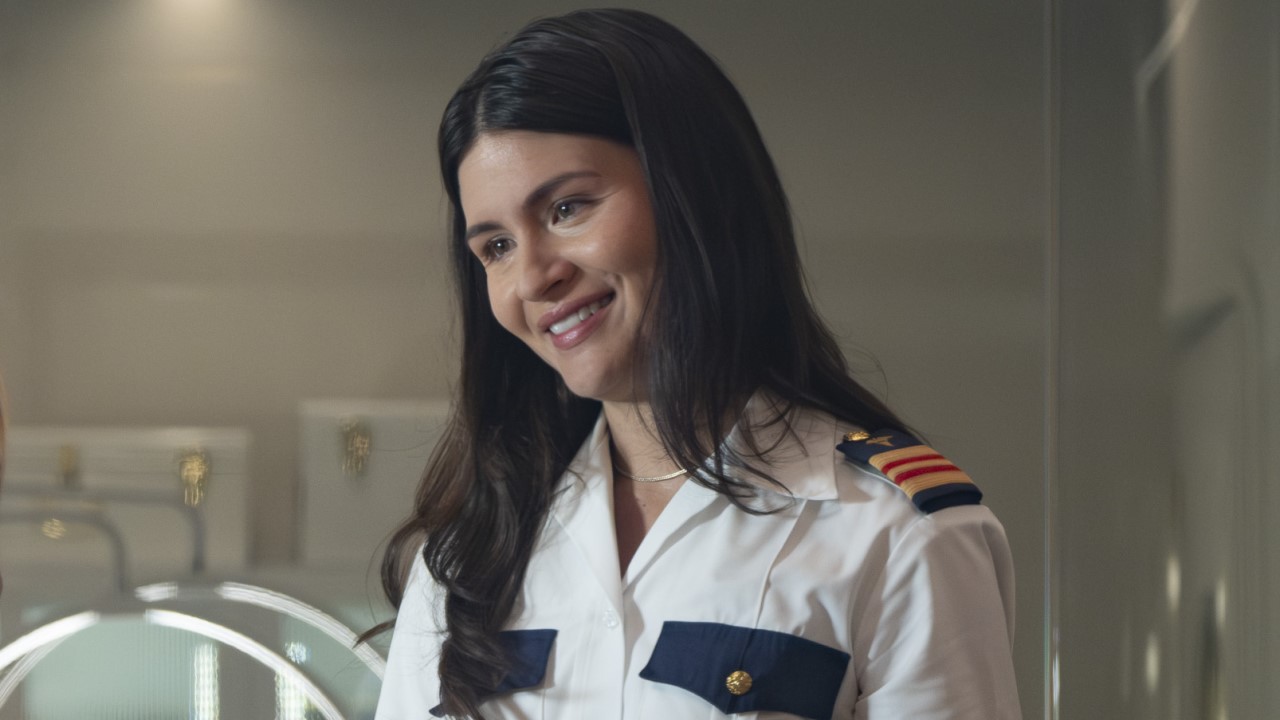These 11 Black TV Animated Characters Had A Huge Impact On Me
These Black animated characters are getting their flowers.
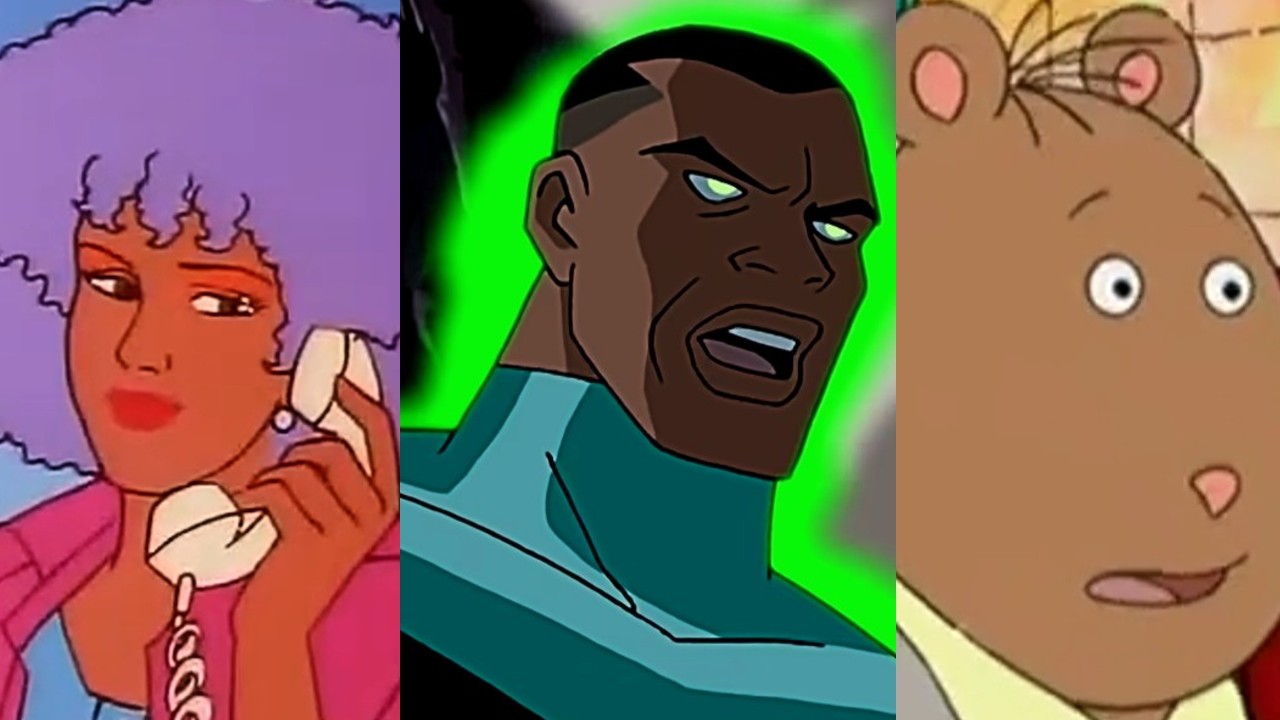
Black animated characters have been a presence on TV for decades. However, they aren’t always highly regarded or praised like their white counterparts. This is the time to give some underappreciated Black TV characters their flowers and marvel at their greatness. So, here are some Black animated TV characters who had an impact on me.
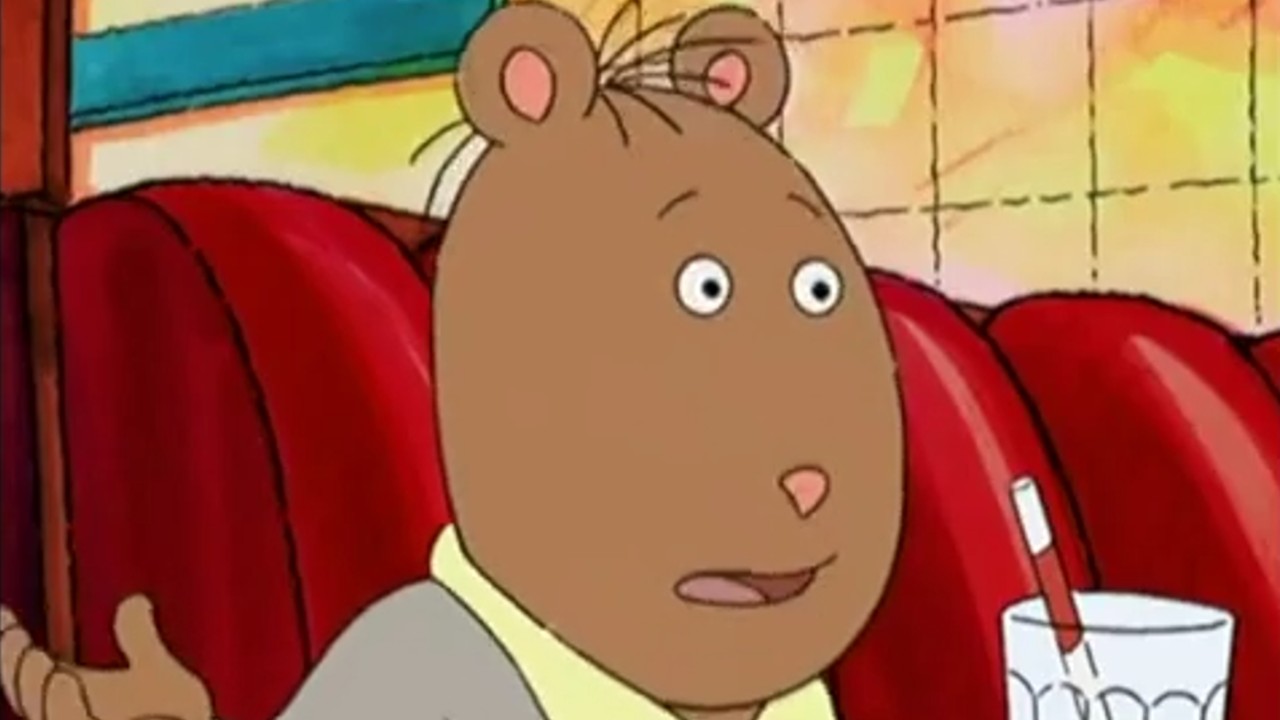
Alan "Brain" Powers
As Elwood City’s resident brainiac, Alan “Brain” Powers played an instrumental supporting role on the PBS’s animated series, Arthur. Brain was the voice of logic and reason for Arthur and the gang.
His inclusion on this list might surprise some people who never knew Alan was Black. However, the iconic “Arthur Christmas” episode highlighted the genius and his family celebrating Kwanzaa (especially the ice cream shop scene). As a fellow nerd and “smart guy,” I felt a kinship with the character knowing that the smartest kid at Lakewood Elementary was Black. He could live in his Blackness without it being a central storyline, which was refreshing. Learning more of his story as the series went on only strengthened that bond.
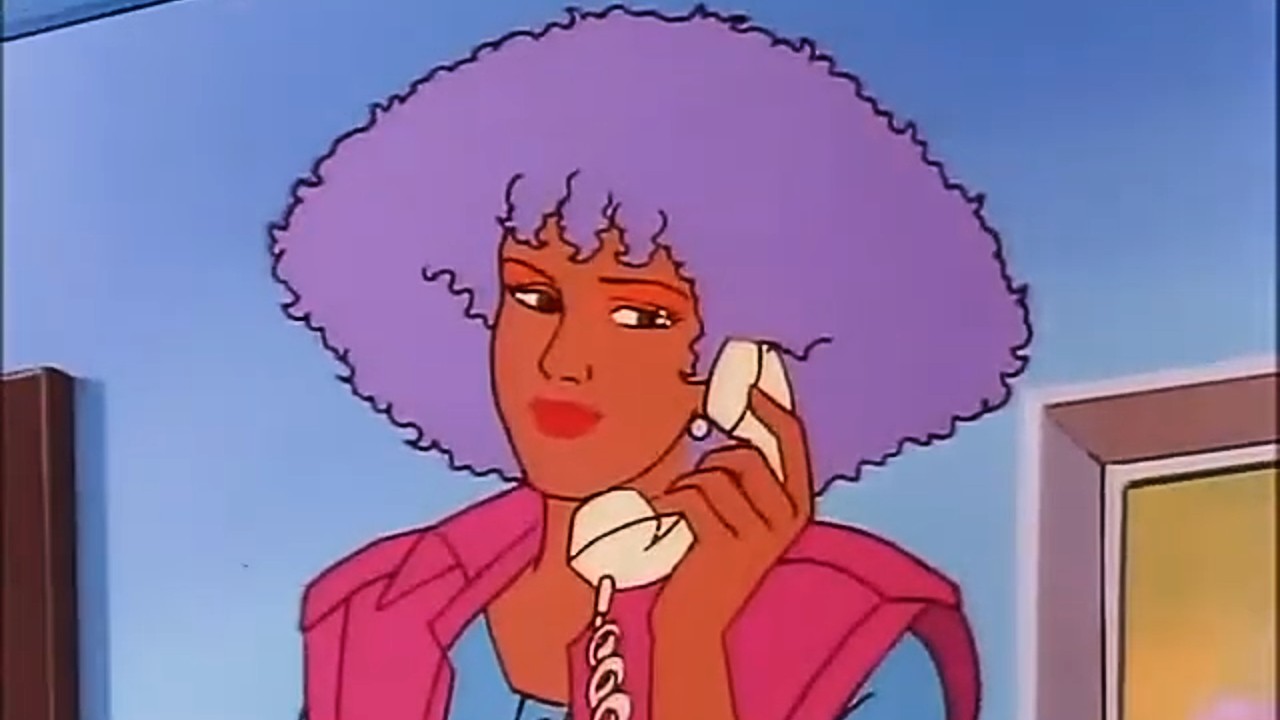
Shana Elmsford
Shana Elmsford first gained attention as part of Hasbro’s Super Sunday lineup before Jem and the Holograms got a standalone series. Shana’s shy demeanor didn’t deter her from expressing herself. This duality was showcased as the power pop band’s drummer (later bassist) and backup vocalist.
Whether this is TMI or not, Shana was my first animated crush as a kid. I loved her adopted sisters, but Shana left an impression on me. While she didn’t always get the spotlight, she was the rock group’s glue; wearing multiple hats, including costume designer, vocalist, and multi-instrumentalist. Watching her on TV rocking out proved that Black girls could rock out with the best of them.
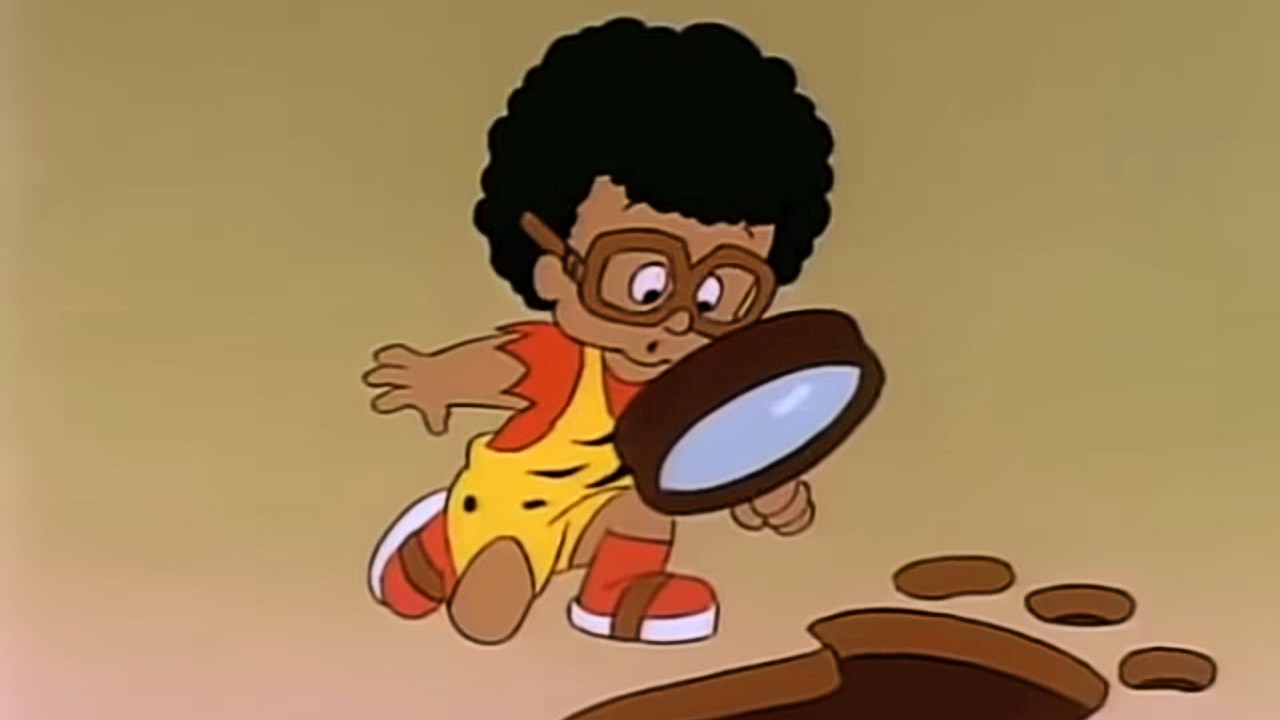
Philo Quartz
Philo Quartz graced TV screens every Saturday morning as part of the prepubescent series, The Flintstone Kids. Philo was a Blerd (Black nerd) before that was a term, with his technology obsession and logical explanations. He was the go-to problem solver despite his absent-minded nature. His adult version popped up in A Flintstone Christmas Carol.
Before Brain appeared, Philo made me feel seen as a young awkward kid obsessed with art and science. This character was the first time I remember seeing an animated character that looked and sounded like me. The smartest kid on the show, being Black, was a nice wink-and-nod to current and future Blerds.
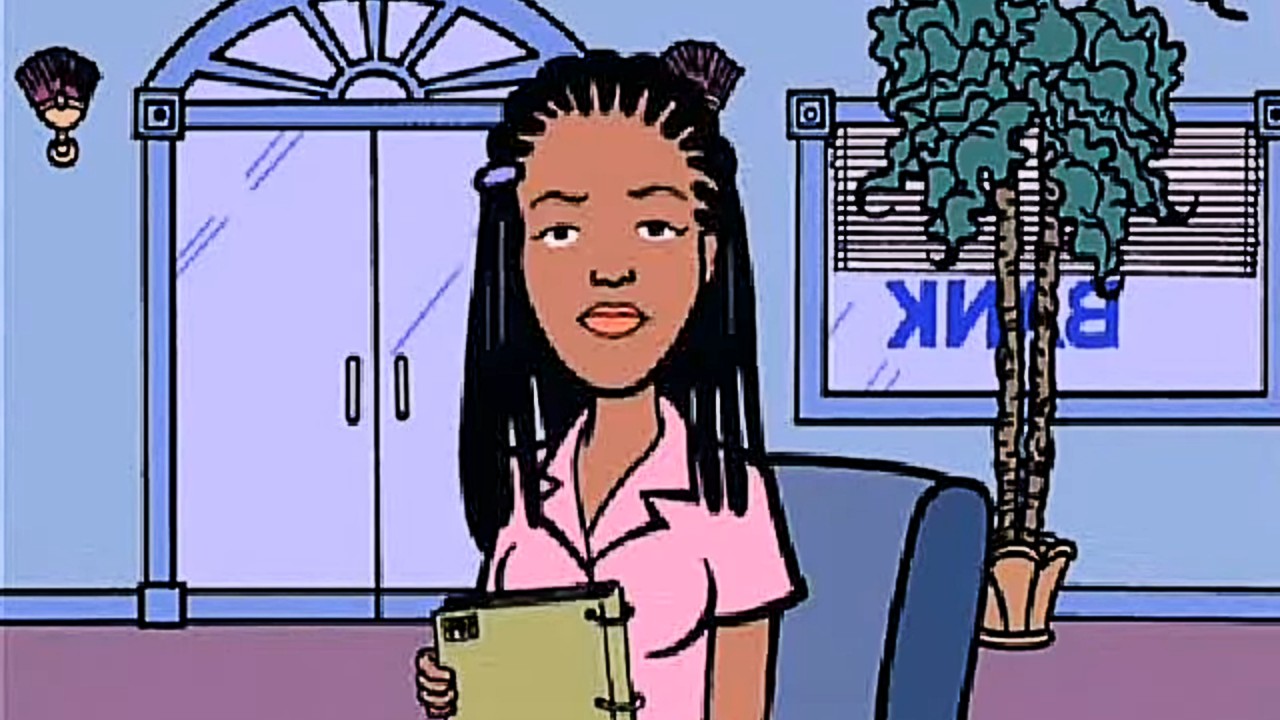
Jodie Landon
Before Black Girl Magic was a movement, Jodie Landon played a meaningful role in the world of MTV’s Daria. Jodie was Lawndale High’s overachieving school president and the model Black student.
As Lawndale’s resident model student, Jodie wasn’t immune to the pressures of Black exceptionalism. I understood all too well as a 2000s Black teenager, so she acted as an avatar for me. This pressure and racist microaggressions led to some of my favorite Daria monologues (even rivaling Daria’s sardonic speeches). These circumstances didn’t deter me from labeling her and football captain Mack as one of my favorite Black TV couples. This will be seen again in the Daria spinoff, Jodie, though it hasn't had any updates in a while.
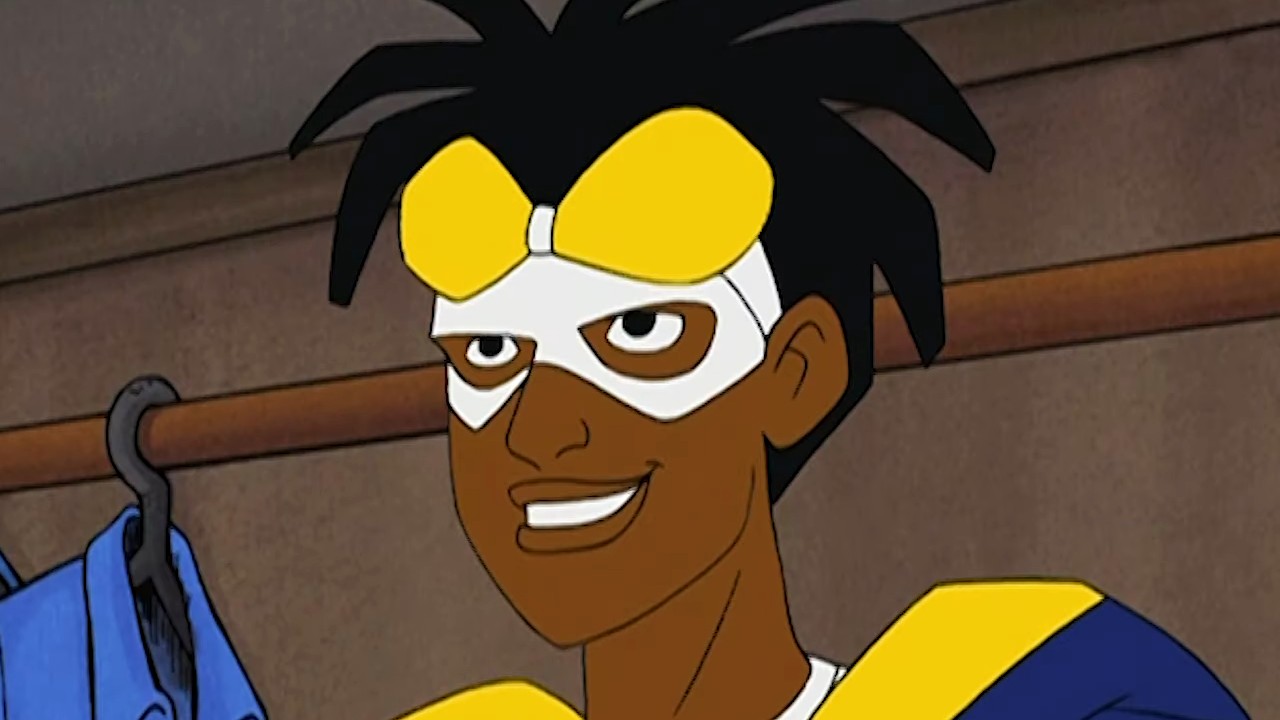
Virgil Hawkins (a.k.a. Static)
Virgil Hawkins filled a much-needed void as the lead of Kids’ WB’s Static Shock. Unlike earlier comics-based series, Virgil was a regular teen who got his powers through extraordinary circumstances. As a Black superhero living in Dakota City, he had to balance school, family, friends, and social pressures.
Of course, there were animated Black superheroes before, but they didn’t quite have the impact Static Shock had. As an animation lover, Virgil was the first time I watched a hero who looked and sounded like the guys I knew. It was nice to see a Black superhero be the lead and not a sidekick or quota addition. Seeing him balance his personal and superhero life was relatable and fantastical. He set the tone for future Black superhero TV.
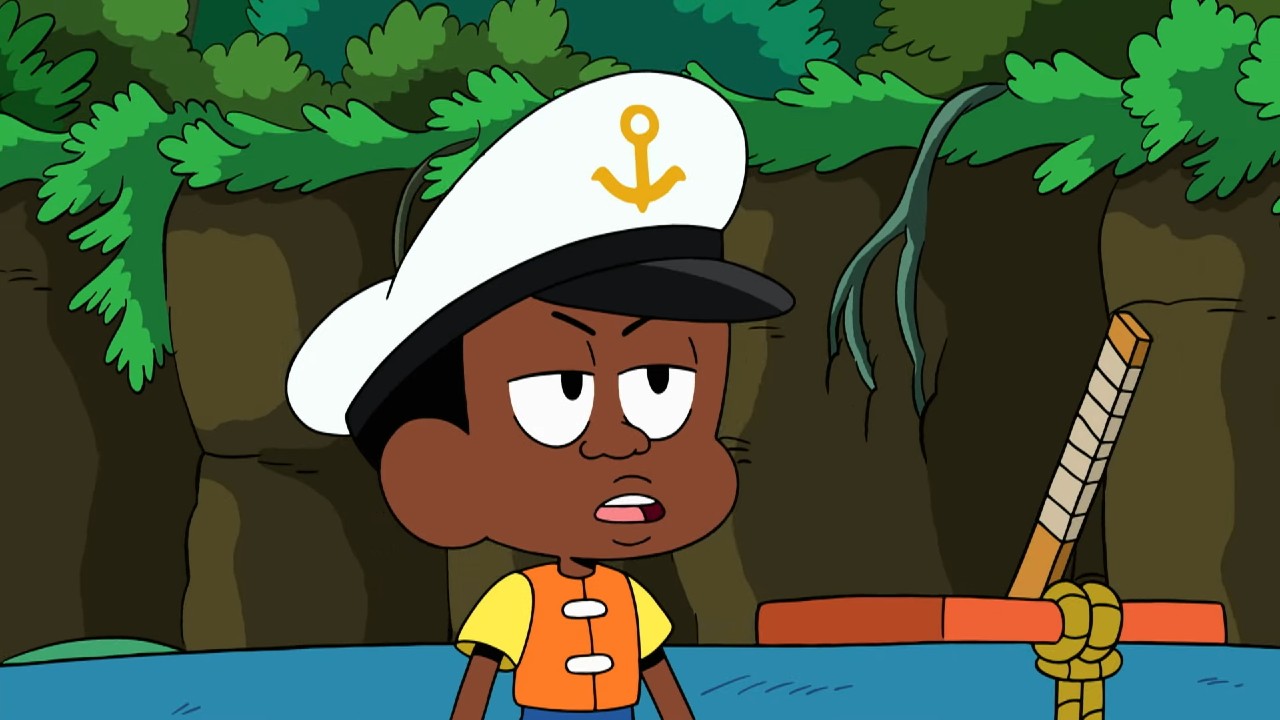
Craig Williams
Craig Williams personified Black Boy Joy as the lead of Cartoon Network’s Craig of the Creek. Craig is an everyday kid who goes on endless creek adventures with two best friends and loves his family.
As an animation lover, Craig was a breath of fresh air (cliché, I know). I hadn’t seen a Black lead in TV animation since Cartoon Network’s heyday. However, compared to past characters, he was just a regular Black boy living his life surrounded by family and friends without social commentary or race being a factor. Watching him explore his world and imagination reminded me of my younger self.
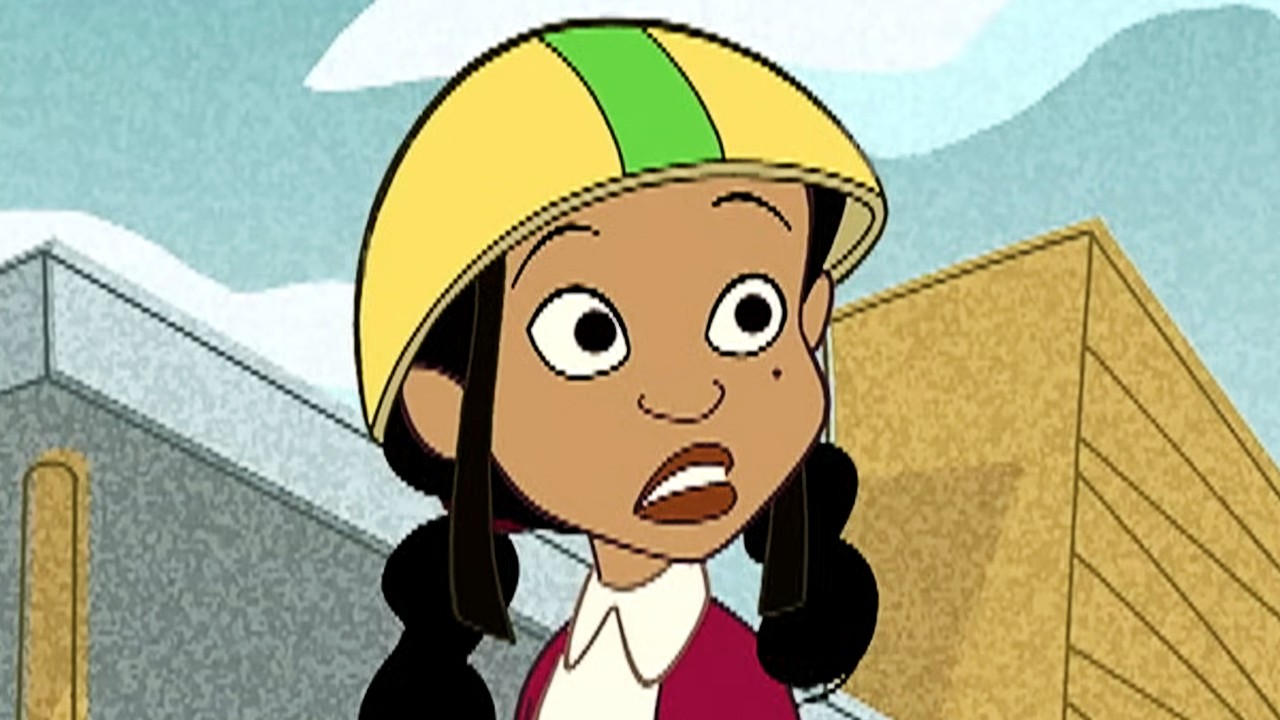
Penny Proud
Penny Proud burst into TV animation at the height of 2000s teen culture through the Disney animated series, The Proud Family. Penny was a regular teen with hormones and ambition to boot. She balanced friendship and family while finding herself.
Penny appeared on TV when teen shows were starting to diversify. I could relate to the adolescent stories as a young Black male. Compared to Daria’s Jodie, she didn’t have to be exceptional or an overachiever, which was a positive. Penny’s goofiness and outrageousness pushed me to test my boundaries (for better or worse). Overall, seeing a regular Black teen on TV was great, which led to the Disney+ revival series The Proud Family: Louder and Prouder getting a second season.
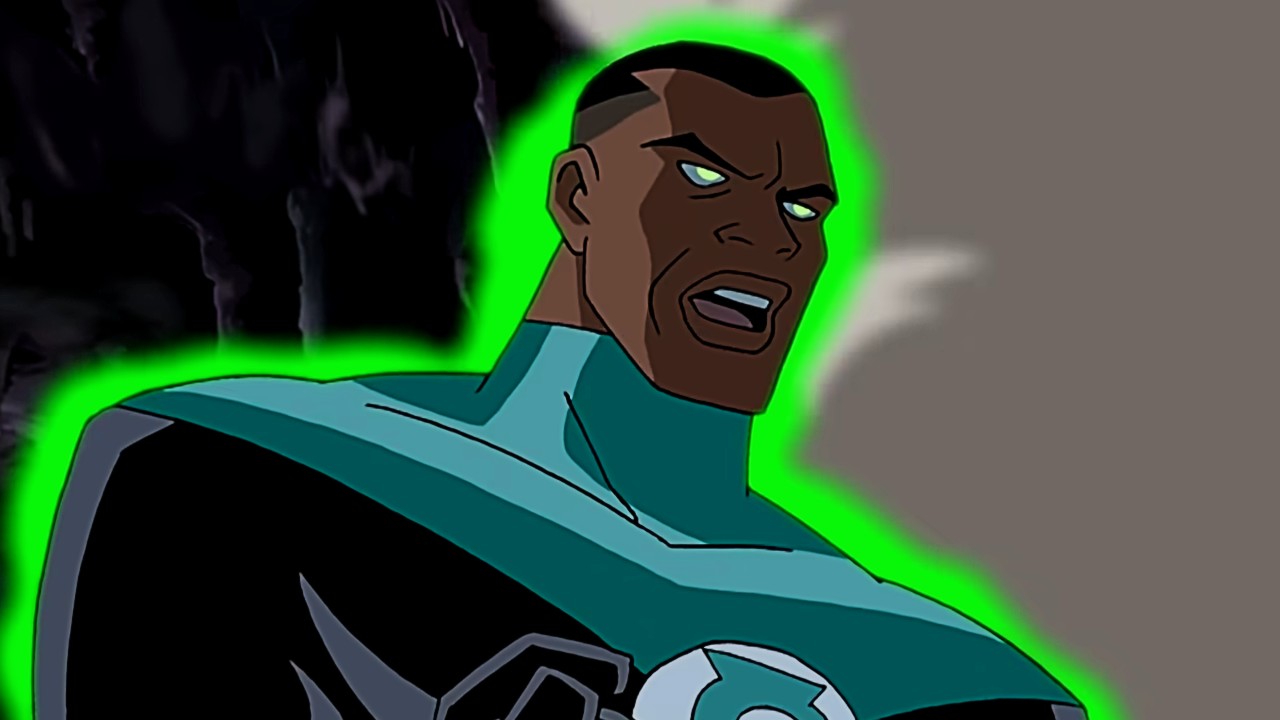
John Stewart (a.k.a. Green Lantern)
DC traditionalists were shocked when John Stewart’s Green Lantern (not Hal Jordan) made his TV debut on Cartoon Network’s Justice League. As a former Marine, John was a valuable member of the team with his various skills. His stoic nature carried over to the sequel series, Justice League Unlimited.
John represented a strong Black male presence sorely missing from the superhero space. Of course, there was Static, but John was an adult with multiple dimensions and mature issues. Compared to other Black Justice League members, he wasn’t relegated to the background. He served as a source of strength for me and was a significant player in many episodes. It was nice to see a Black superhero who didn’t have to be exceptional or stereotypical at every turn.
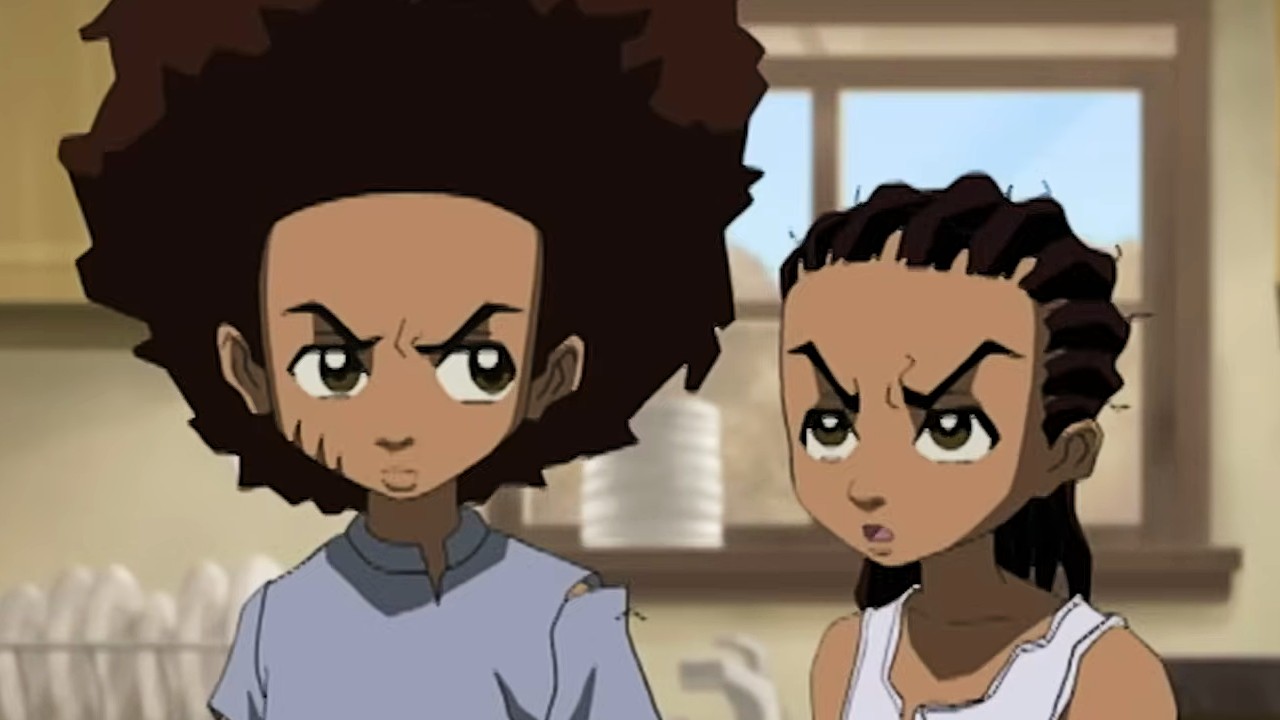
Huey And Riley Freeman
Taking The Boondocks from a daily comic strip to TV screens led the genius of Huey and Riley Freeman to shine on Cartoon Network’s Adult Swim. The boys had to navigate life in suburbia after their Granddad won the lottery.
The Freeman brothers reminded me of the dynamic between my younger brother and myself. While not as extreme as them, we had differing personalities with some commonalities. Huey was the militant “old soul” voice of reason while Riley was the mischievous rap-obsessed younger brother. Despite their young ages, I loved watching the characters be mouthpieces for popular culture. I enjoyed watching what the boys would say and do every Sunday night.
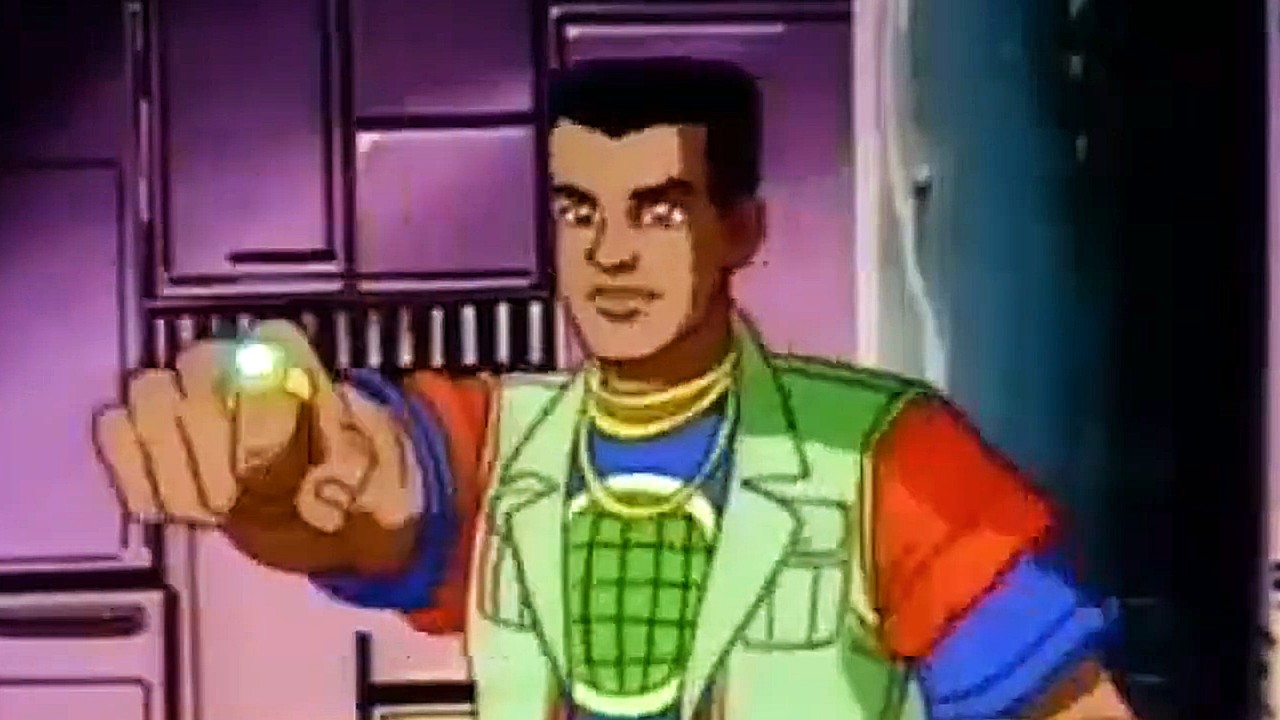
Kwame
Kwame made waves as the de-facto leader of the Planeteers on the Saturday morning edutainment series, Captain Planet and the Planeteers. While not a traditional superhero, he served as the group’s voice of reason, mentor, and truth seeker. This aspect continued in the sequel series, The New Adventures of Captain Planet.
As a ‘90s kid, the environment was always part of public consciousness. However, seeing a Black character protecting the Earth weekly made an impression on me. Kwame’s presence made environmentalism a necessity. There was a kinship between him and me as I understood his shy and quiet demeanor and his background. There’s nothing like a strong, approachable leader.
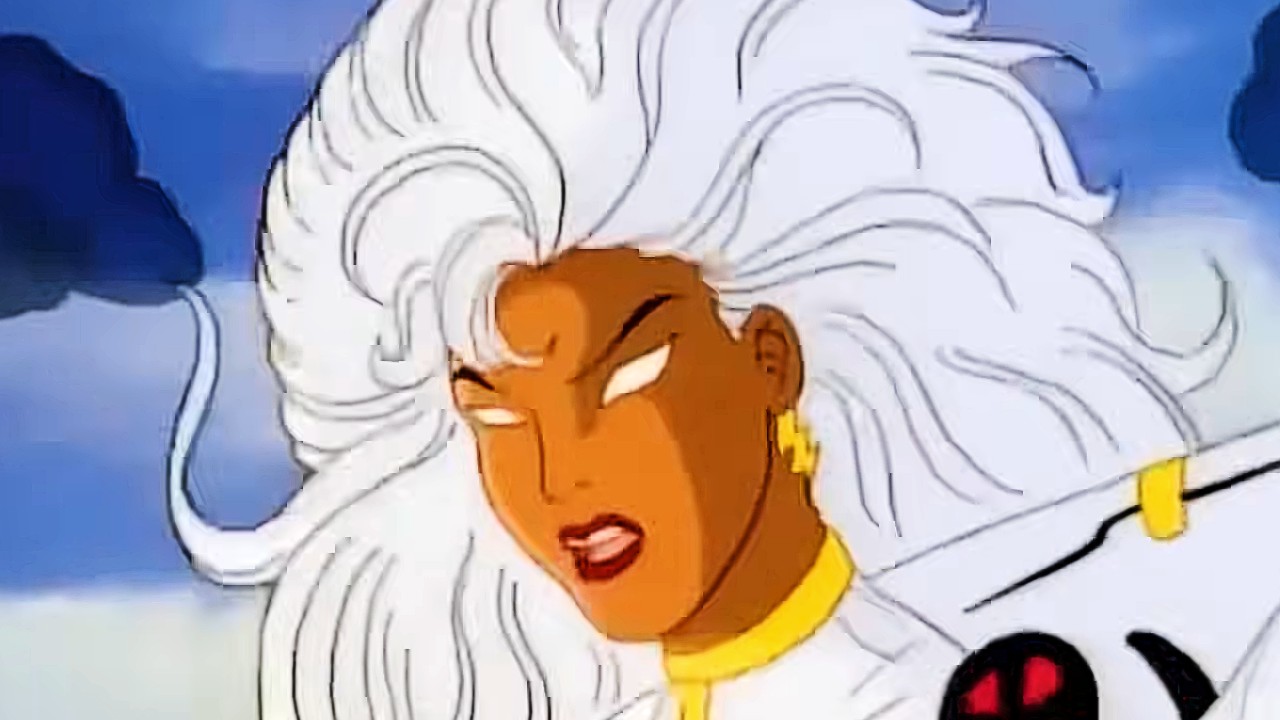
Ororo Munroe (a.k.a. Storm)
After being a Marvel staple for a decade, it wasn’t until 1992 that audiences officially met Storm (a.k.a. Ororo Munroe) through Fox’s X-Men: The Animated Series. As the group’s de facto mother figure, she was the voice of reason and second-in-command for the superhero team. Her ongoing popularity filtered over to other shows like X-Men: Evolution, Wolverine and the X-Men, and the upcoming X-Men '97.
Watching Storm every Saturday morning was my first taste of Black superherodom (and my second crush). I loved learning about African culture and mysticism through stories centered on her. It was nice seeing a superhero show their vulnerability through their traumas and fears. While I had a small crush, Storm was the animated mother figure I never knew I needed. Her words of wisdom still ring true to me today.
This list is just a small selection of the unsung and undervalued Black TV animated characters from over the decades. Hopefully, these characters spark your interest in looking at other great animated TV shows and movies centered on Black characters. Once you’re done with those projects, check out our 2024 TV schedule to see what new Black animated characters might be coming to the small screen soon.
CINEMABLEND NEWSLETTER
Your Daily Blend of Entertainment News
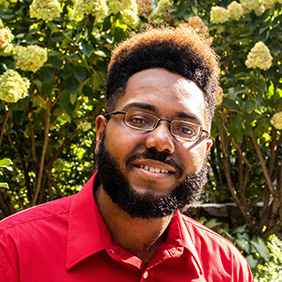
A boy from Greenwood, South Carolina. CinemaBlend Contributor. An animation enthusiast (anime, US and international films, television). Freelance writer, designer and artist. Lover of music (US and international).
